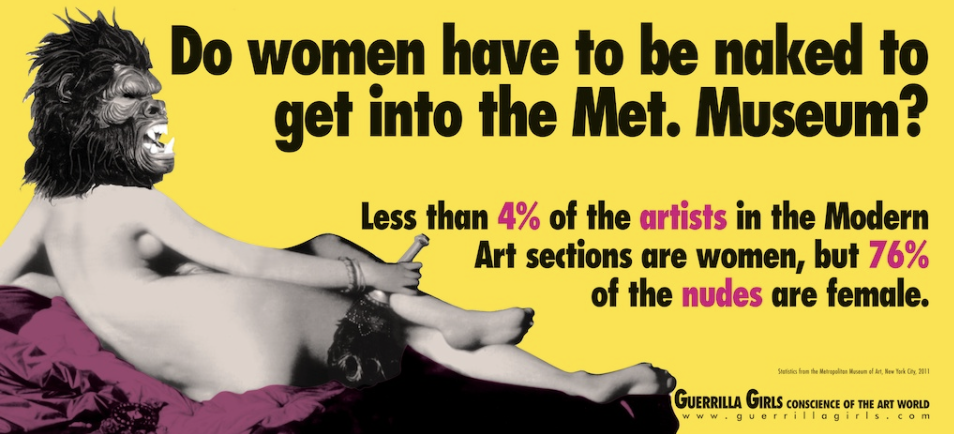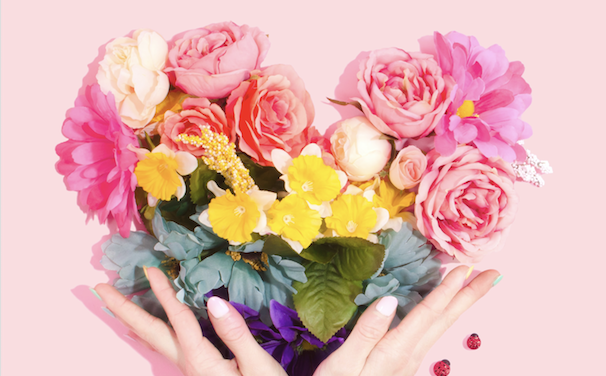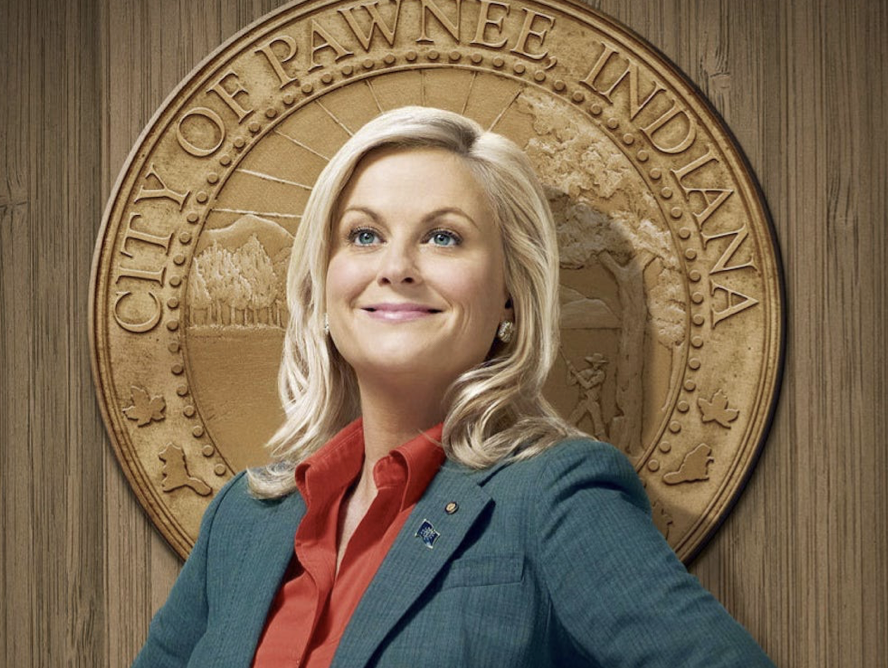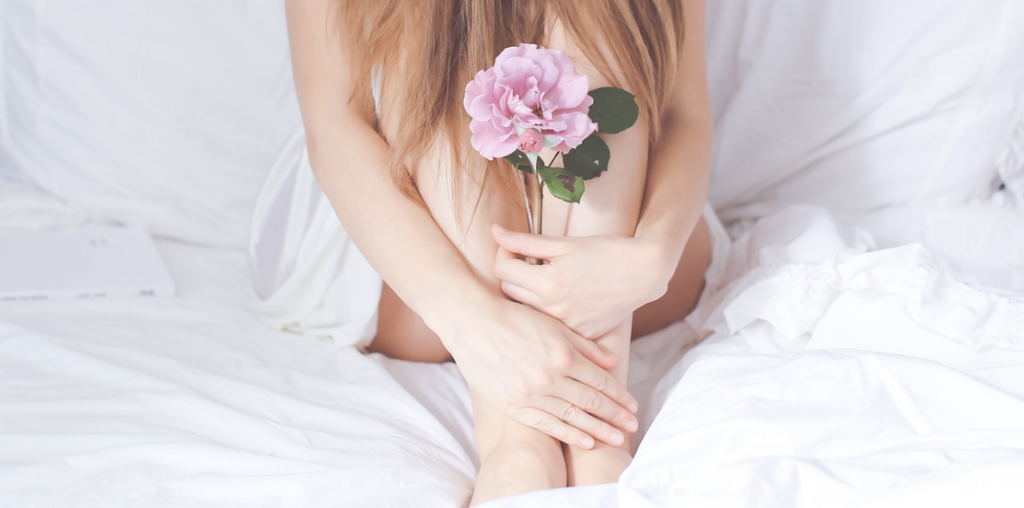“I doubt whether anybody would guess from the paintings that they are by a woman.”
Words spoken by Hans Hoffman about Lee Krasner, an artist often overshadowed by her male partner Jackson Pollock. Which of these artists have you heard of?
All of history is littered with instances of erasure, skewed as it is written by those with the most power. The art world is not exempt. We know of many of the great male artists, from Leonardo to Caravaggio, Titian to Rodin. Art history has often failed to appreciate the barriers that women faced if they wanted to enter the art world.
It wasn’t until recently that women began rewriting this history to include the women who were always there, but often emitted from the books. We are seeing a shift in balance, we now have more platforms in the art world for women, people of colour, trans and gender queer artists. Of course, there is still a ways to go, but let’s have a look at some of the talented women artists hiding in art history, and the art historians helping to bring their work to light.
Some artists to add to your art history bank
Berthe Morisot and Mary Cassat are the female (and lesser known) counterparts to the likes of Manet, Monet and Degas. Both women were as ingrained in the Impressionist movement as the men, but art critics of the time had difficulty looking past their “feminine” subject matter, never mind that those women had less access to the same subject matter as men and had to fall back onto what was readily available in their lives (motherhood and housework). Even when celebrated by the press the words used to describe their work are different to those used to describe the men artists’ works.
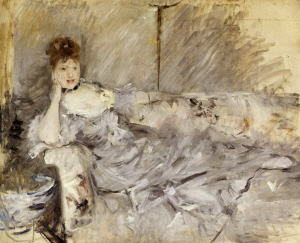
Young Woman in Grey Reclining, Berthe Morisot
Lee Krasner was a successful artist in her own right before she met Jackson Pollock, in fact she introduced him to a lot of her contacts. Yet to the art world she was often reduced to his wife, and her work was always compared to Pollocks and seen through the lense of her relationship with him.
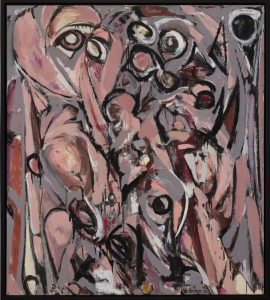
Embrace 1956, Lee Krasner
If you know Rodin you should know Camille Claudel. Claudel was a sculptor working in bronze and marble, studying during a time where there was still very little access for women to study, she got a spot at Académie Colarossi where women were able to draw from the male nude, which was highly controversial at the time.
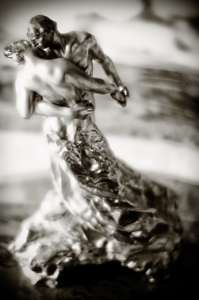
The Waltz, 1889 Camille Claudel
Sofonisba Anguissola was the first female Renaissance artist to achieve international fame in her lifetime. During the Renaissance it was rare for a woman to be recognised for her work. Many of her works were later attributed to male artists, and the retribution process is ongoing.
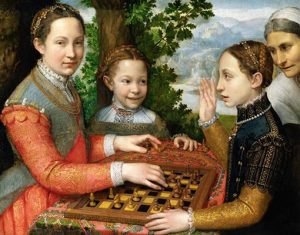
Artemisia Gentileschi was an Italian Baroque painter, trained by her father from a young age and later the first woman to be admitted to the Florentine Academy of Fine Arts.
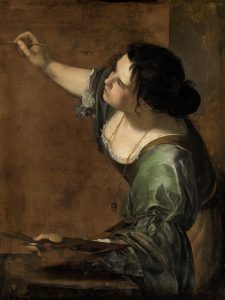
Hilma af Klint, one of the first abstract artists and part of a group called The Five, who were women who shared her spiritual beliefs.
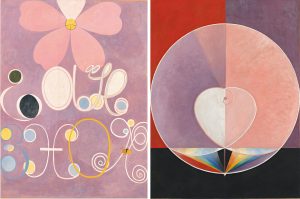
Some of the women who are spearheading the change
Griselda Pollock (no relation) is an art historian “working to save the women artists that I see around me from being delivered to the dustbin of history in their lifetimes”. Pollock became aware of the absence of women in art history during her studies in the 60’s and has made it her life’s work to ensure this doesn’t keep happening. During her research she’s uncovered great women artists and found many in storage of galleries rather than on the walls. Pollock describes the erasure of women from art discourse as systematic and at the time of Modern Art when men and women were both creating art, modern art is often characterised as heroic and masculine.
The Guerilla Girls have been raising awareness of gender and racial inequality in the art world since 1985. Perhaps their most famous work is “DO WOMEN STILL HAVE TO BE NAKED TO GET INTO THE MET. MUSEUM?”, which highlights the lack of art on display in the Met Museum by women artists, compared to the number of artworks featuring a female nude.
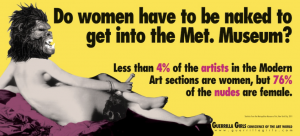
https://www.guerrillagirls.com/
Jennifer Higgie’s Bow Down series is a podcast where she hosts guests from the art world and discusses a woman artist from history that deserves our attention.
https://www.frieze.com/article/bow-down-podcast-women-art-history
Katie McCabes “More Than a Muse ” highlights women artists and creatives from the past. She gives them the credit they deserve as they were overshadowed by their male partners.
Our very own National Gallery of Australia in Canberra has launched the “Know My Name” initiative which aims to celebrate the work of all women artists and enhance understanding of their contributions to Australian culture. It is part of a global movement to increase the representation of women artists, in the same vein as #5womenartists started by the National Museum of Women in the Arts in Washington.
https://knowmyname.nga.gov.au/
https://nmwa.org/support/advocacy/5womenartists/
Art Girl Rising inspired by the #5womenartists initiative aims to prompt conversations about the inequality women in the artworld face, and to inspire change.
Katy Hessels The Great Women Artists
Katy Hessel is a curator and art historian behind The Great Women Artists, an Instagram page and podcast celebrating women artists both contemporary and throughout history.
https://www.thegreatwomenartists.com/
Written by: Josie-Lyn O’Malley


